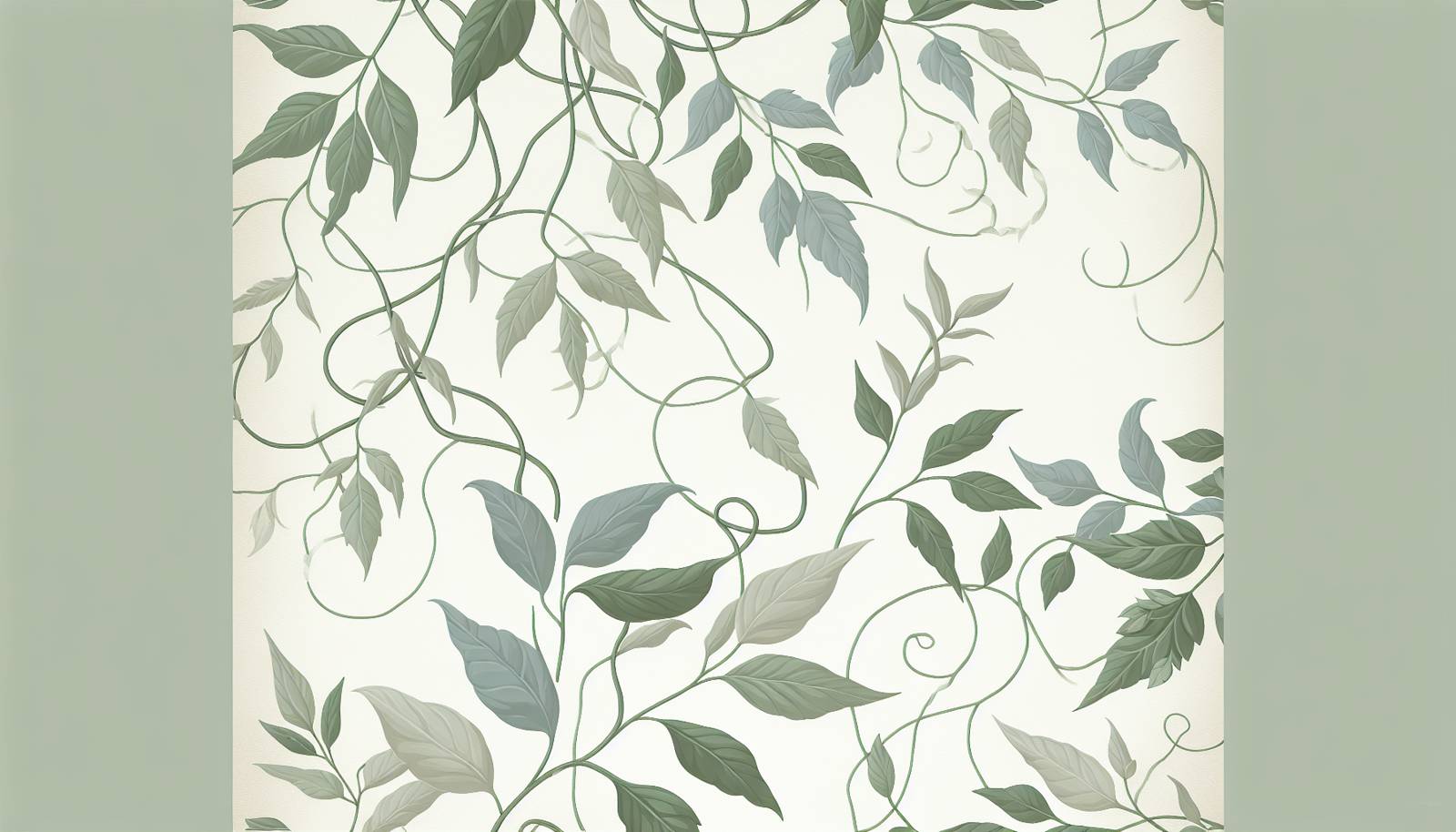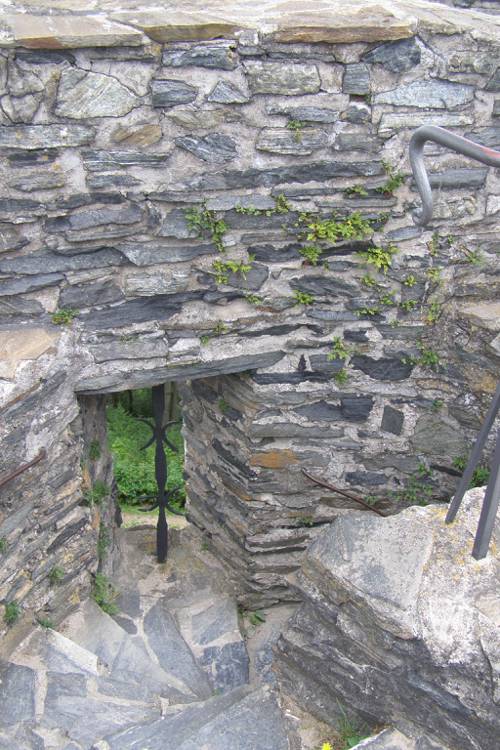
FAQ About Indoor Plant Climbing and Trailing Varieties

What are some popular indoor climbing plants?
Some popular indoor climbing plants include the Philodendron, Pothos (also known as Devil's Ivy), Monstera deliciosa (Swiss Cheese Plant), Hoya (Wax Plant), and Ficus pumila (Creeping Fig). These plants are favored for their ability to thrive indoors and their aesthetic appeal.

How do indoor climbing plants attach themselves?
Indoor climbing plants use various methods to attach themselves to surfaces. Some, like Pothos and Philodendron, use aerial roots to cling onto surfaces. Others, such as the Creeping Fig, use rootlets to attach themselves to walls. Twining vines like Hoya wrap their stems around supports.

What conditions are ideal for growing indoor climbers?
Most indoor climbers prefer bright, indirect sunlight and well-draining soil. They thrive in humid environments and benefit from regular watering, although it's essential to let the soil dry out slightly between waterings to prevent root rot. Providing support, such as a trellis or stakes, can help guide their growth.

How can I encourage my indoor climbing plant to climb?
To encourage an indoor climbing plant to climb, provide a structure like a trellis, moss pole, or wires for the plant to ascend. Gently train the stems in the desired direction and secure them loosely with ties or clips. Consistent but careful guidance, along with proper light and watering conditions, will promote climbing.

Are climbing plants safe for indoor pets?
Not all climbing plants are safe for pets. For instance, plants like Pothos, Philodendron, and Monstera are toxic if ingested by cats or dogs. Safe alternatives include the Spider Plant and Boston Fern. Always check plant toxicity levels if you have pets.

How often should I water my indoor climbing plant?
The frequency of watering indoor climbing plants depends on the specific species and environmental conditions. As a general rule, water when the top inch of the soil feels dry. Ensure the pot has drainage holes to prevent waterlogging, which can lead to root rot.

Can indoor climbing plants grow in low light conditions?
While some indoor climbing plants can tolerate low light conditions, such as Pothos and Philodendron, they generally thrive better in brighter environments. In low light, growth may be slower, and the plants might need less frequent watering.

How do I propagate indoor climbing plants?
Propagation of indoor climbing plants is typically done through stem cuttings. Cut a healthy section of the plant's stem below a node, remove the lower leaves, and place it in water or soil. Ensure it receives indirect light and keep the soil or water moist until roots develop.

What is the best soil type for indoor climbing plants?
A well-draining potting mix is crucial for indoor climbing plants. A mixture of peat, perlite, and pine bark can provide adequate drainage. It's important to avoid soils that retain excessive moisture, as this can lead to root rot.

How can I deal with pests on my indoor climbing plants?
Common pests on indoor climbing plants include aphids, spider mites, and mealybugs. To treat infestations, clean the leaves with a mild soap solution or use insecticidal sprays. Regularly inspect plants and ensure they are healthy and properly maintained to prevent pest problems.

Are indoor climbing plants prone to any diseases?
Indoor climbing plants can be susceptible to diseases such as root rot, leaf spots, and powdery mildew. Ensuring proper watering, adequate air circulation, and removing any affected leaves can help prevent and control these diseases.

How fast do indoor climbing plants grow?
The growth rate of indoor climbing plants varies by species and conditions. For example, Pothos and Philodendron can grow rapidly under optimal conditions, potentially reaching several feet in a year. Factors like light, water, and temperature significantly influence their growth rate.

What kind of pot should I use for indoor climbing plants?
Choose a pot with drainage holes to prevent water accumulation. Material-wise, both plastic and ceramic pots work, but terracotta is beneficial as it allows for better air circulation. Ensure the pot size suits the plant's current size, with room for growth.

How can I prune indoor climbing plants for better growth?
Pruning indoor climbing plants involves cutting back overgrown or damaged stems to encourage bushier growth. It helps maintain shape and can be done at any point in the growing season. Use clean, sharp scissors to make clean cuts just above a node or leaf.

What is the difference between climbing and trailing plants?
Climbing plants grow vertically and require some form of support to ascend, such as trellises or stakes. In contrast, trailing plants dangle and spread horizontally. Many indoor plants can be trained to either climb or trail, depending on how they are managed.

Do indoor climbing plants require fertilizer?
While indoor climbing plants do not require constant fertilization, they can benefit from it during the growing season (spring and summer). A balanced, water-soluble fertilizer applied every 4-6 weeks will support healthy growth. Avoid over-fertilizing as this can harm the plant.

Can I grow climbing plants in hanging baskets?
Yes, many climbers like Pothos or Philodendron are well-suited for hanging baskets, where their stems trail down beautifully. Ensure the basket has good drainage and position it where the plant will receive sufficient light.

How do I know if my climbing plant needs repotting?
Signs that an indoor climbing plant needs repotting include roots growing through drainage holes, slow growth, and water draining too quickly from the pot. Repot the plant into a slightly larger container with fresh potting mix as needed.

What are the benefits of having indoor climbing plants?
Indoor climbing plants add aesthetic appeal and can improve air quality by filtering toxins. They also bring a sense of calm and connection to nature, and their vertical growth can optimize space utilization in smaller areas.

Can climbing plants be grown from seeds indoors?
It is possible to grow some climbing plants from seeds indoors, although it is more challenging than propagation through cuttings. The process requires patience and consistent care, such as providing suitable light, warmth, and moisture for seed germination.
